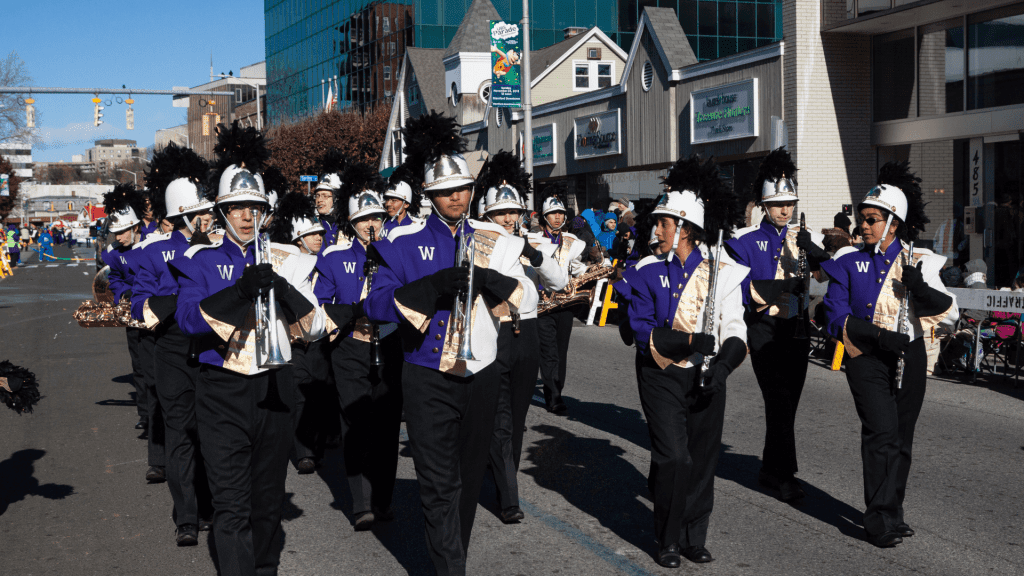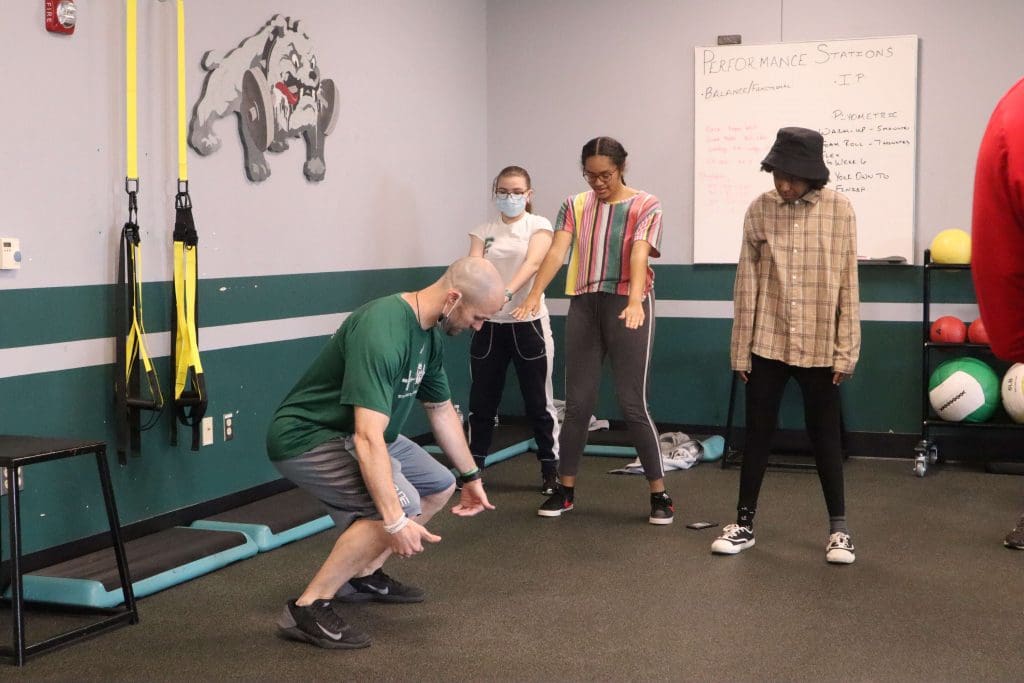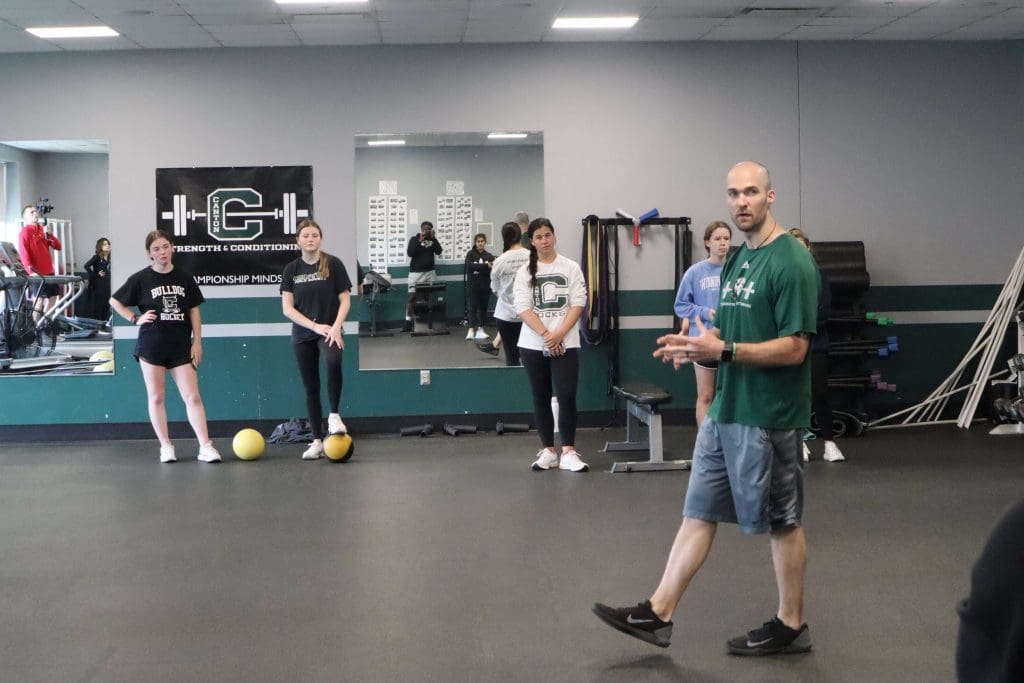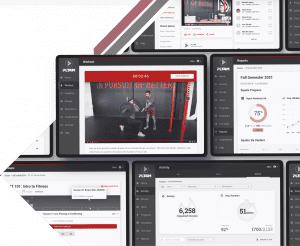Physical activity and physical education are often confused terms in the world of education. We break down the key differences and provide examples between physical activity vs physical education. After doing so, we reshape the conversation to support more physical education and physical activity for students of all ages. Let’s dive in!
What is the difference between physical education and physical activity?
Physical education and physical activity often get lumped together and are used as interchangeable terms. Many different educational directives, like the Whole School Model, put the two terms into one bucket. And while they both are crucial to the health and wellness of our children, there should be a clear delineation between physical activity vs physical education.
Shape America and other groups have worked to help make a clear distinction between physical activity vs physical education.
- Physical Activity is bodily movement of any type. Per CDC guidelines, every child is recommended to participate in at least 60 minutes of physical activity daily.
- Physical Education programs teach children the skills and knowledge needed to establish and sustain an active lifestyle. “A quality physical education program provides learning opportunities, appropriate instruction, meaningful and challenging content for all children.” – Shape America.
Examples of Physical Activity vs Physical Education
While the definitions of physical activity vs physical education are pretty straightforward, there is still confusion around the two terms. So often, in schools, we conflate regular physical activity as an adequate replacement for physical education classes.
For example, let’s talk about recess. Recess is an example of physical activity, not physical education. The time during recess students spend playing should not be considered a replacement or filler for a physical education class.

Students can often opt out of middle and high school physical education classes. For example, if they participate in sports, marching band, or prove they participate in some other type of physical activity, they don’t have to take PE. This is where the two terms can get most commonly confused.
While sports like basketball, volleyball, and others can often be a part of many physical education programs, it still does not entirely cover all the skills and knowledge covered in physical education. So again, while sports are great opportunities for older students to participate in physical activity, they should not completely replace physical education classes.

Examples of physical education include teaching concepts and building skills around things like muscular strength, endurance, mobility, cardiovascular health, and more.
In addition, physical education teachers will incorporate pe lessons that teach topics like foundational fitness, yoga, strength training, and other lifetime fitness activities. These different units are examples of physical education because they teach transferrable life skills that allow students to pursue lifelong fitness.

Ready to Learn More?
Schedule a free 10 minute consultation to see how PLT4M can help save you time and empower student learning!
Physical Activity vs Physical Education – PE Class, not PA Class
Although physical activity is defined as any bodily movement, over the years many people have associated the term with only high heart rate and constant movement. This has led many physical education classes to emphasize heart rate throughout the class and look for students moving non-stop. And while heart rate is a great health metric, it shouldn’t be the only focus for PE.
“I am a physical EDUCATION teacher, not physical activity teacher.” – Michael Graham, PE Teacher.
While this quote may seem redundant, it captures what PE teachers are up against in schools. For example, many people expect physical education classes to be a place for constant and consistent vigorous physical activity. And while physical activity is a core component of physical education class, it is not its sole focus.
Instead, physical education class is a place to develop motor skills, learn fundamental fitness skills, and explore different types of exercise. If we take a closer look, this can sometimes mean we have to slow down and TEACH different movements.
For example, when students first learn key components of strength training, PE teachers slow down and prioritize good form and technique over constant movement. By doing so, PE teachers emphasize strong movement mechanics that can then be built upon in future PE lessons and in life. While an outsider might see this portion of the class as “low physical activity,” it is really setting students up for better and more long-term physical activity participation.
The Importance of Physical Education and Physical Activity
Now that we have outlined the clear differences between PA and PE, let’s stop using the term physical activity vs physical education and look at them as essential concepts working together. Instead, let’s discuss the importance of physical education AND physical activity.
There are a myriad of consequences from sedentary behavior. Public health officials have long highlighted the relationship between improved physical health and physical education/activity. And although a spotlight has been put on obese children and the threat of chronic diseases, a lack of physical education and physical activity also impacts other aspects of children’s lives. As students suffer from higher levels of mental health problems and struggle with anxiety and depression, increased PA and PE can help.
Past just physical and mental health benefits, academic performance, and academic achievement can also improve when students take part in regular physical activity and physical education. So when we support our young people with PE and PA, we can boost all aspects of their lives.
Key Takeaways On Physical Activity vs Physical Education
Schools play a pivotal role in combating sedentary behavior and the public health risks from a lack of exercise and physical activity. Therefore, districts should consider creating a comprehensive school physical activity program.
Both physical education classes and different physical activity opportunities should be a part of this program and plan. But remember to draw clear distinctions between physical activity vs physical education when outlining this plan.
For example, a plan could consist of the following:
- Daily/Weekly physical education classes
- Movement breaks throughout the school day
- Opportunities for recess, sports, and other age-appropriate activities
Through this plan, students should get 60 minutes of regular physical activity every day. Combining different physical education classes and physical activity opportunities will benefit students’ physical fitness, mental health, and academic performance.
Finally, remember that different types of physical activity are not a replacement for physical education entirely. Instead, physical education can teach and support students to better pursue lifetime fitness and physical activity.







